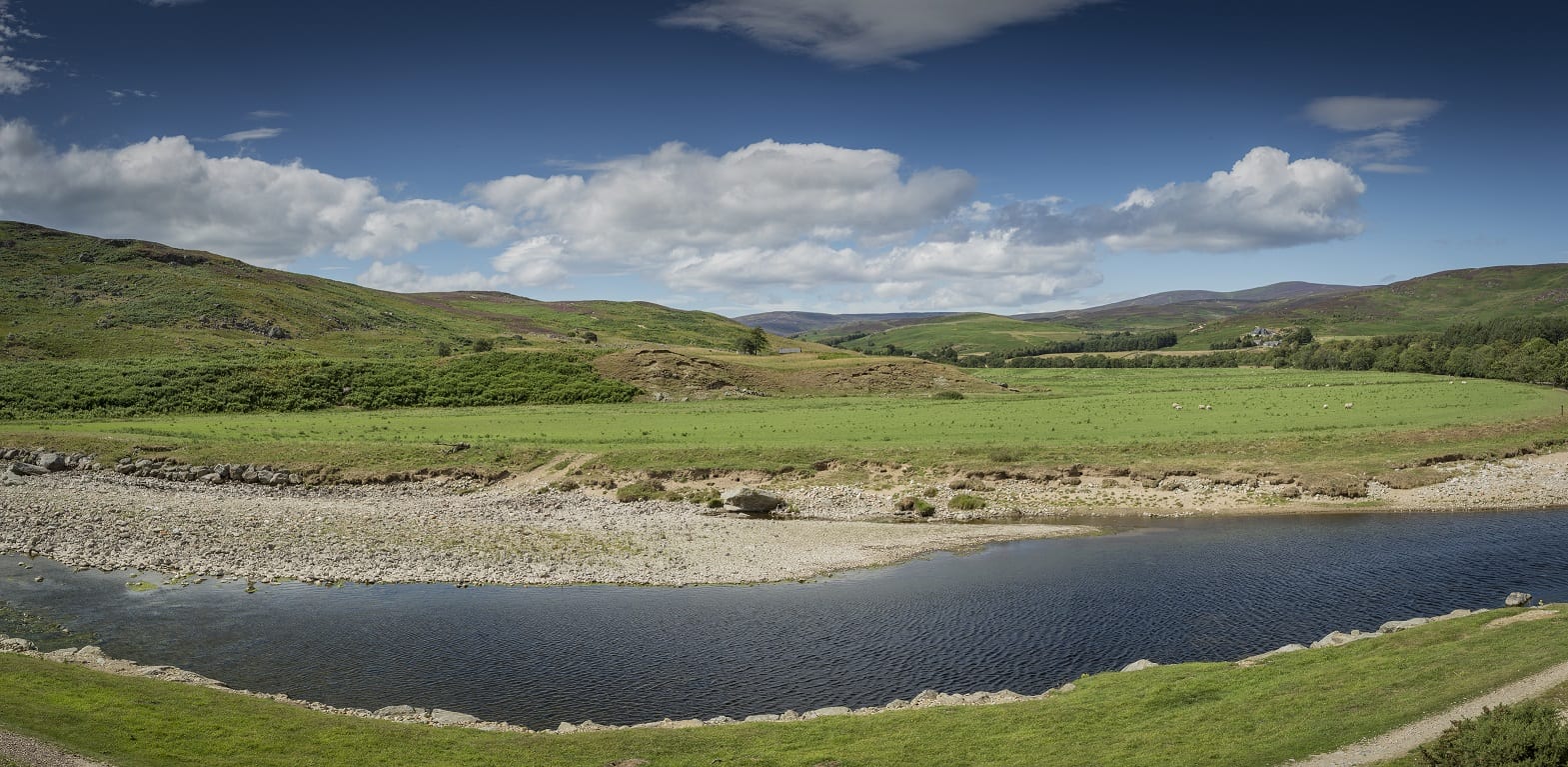Nature? We have it in spades… if you’ll pardon the pun. Angus has an advantage of course, with its unspoilt beaches and, close by, rolling hills and glens. But let’s face it: when it comes to enjoying terrific landscapes and breathtaking wildlife – from birdwatching to bagging a Munro – there’s no such thing as too much. Just remember to follow the Countryside Code and be safe while you explore.

Walk (and ride and cycle) this way
Angus attracts walkers from not just the rest of the U.K, but the other side of the world. The annual Angus Glens walking festival is a case in point. With 20 walks over four spectacular days, it has attracted visitors from as far afield as the USA. A number of routes are accessible for bicycles, horses, disabled users and pushchairs. And remember you’re not just out for a walk (or a ride, or a cycle), you’re steeping yourself in some exciting wildlife territory. Golden eagles, osprey and red squirrels are just some of the species you can spot here.
Ice Age
One hike that’s not to be missed is Corrie Fee at Glen Clova. It sits like a big, half-eaten bowl of ice cream, scooped out of the rugged mountainside – the result of a glacier during the Ice Age. Corrie Fee is a National Nature Reserve with rare plants and wildlife. It’s dramatic, cinematic – a natural amphitheatre. It also has the added bonus of having six outstanding trails around it – among them two Munros, Dreish and Mayar.
Carry on camping
If you’re looking for a camping spot that ticks all the boxes, Drumshademuir near Forfar might just be it. Here you can take your pick from tent pitches, touring pitches, glamping pods and holiday homes. Take a look at the full list of accommodation available in Angus.

Did you know? Angus had a history maker in walker John ‘Jock’ Winter. Jock fought for his right to walk on the Glen Doll estate at Corrie Fee after the new owner of the estate, Duncan MacPherson, tried to ban all access to his land. He took MacPherson all the way to the House of Lords and bankrupt him. The result? The Scottish Rights of Way Act, one of Scotland’s most important pieces of legislation for walkers. And Jock’s Road, named after our hero.

Don’t forget the binoculars
Pack the binoculars, and keep them handy. That’s the advice if you visit Glen Esk, a firm favourite among those who like a bit of wildlife spotting. This longest and most easterly of the Angus glens is a place where beautiful old birch trees line the winding road. No matter what the weather, there’s an air of fascination that draws you in. Look out for golden eagles soaring above the rugged cliffs or red deer herds sheltering in the corries. Spring is a favourite time to visit Glen Esk, when the mountain hares are still white and easily spotted amongst the brown heather, and the wading birds return to breed.
At Montrose Basin the binoculars, and telescopes, are already set up and ready for you. Use them to spot migratory birds (among them pink-footed geese, Arctic terns and sedge warblers), throw in some interactive toys and games, guided walks, panoramic views and a great cup of (Fair Trade) tea and you have all the elements of a great day out
What is a Munro anyway?
A Munro is a mountain in Scotland that’s more than 3,000 feet high. You can thank Sir Hugh Munro, founding member of the Scottish Mountaineering Club and a native of Angus, for the moniker. And the highest of them? Ben Nevis, also Britain’s highest, at 4,409 feet.




